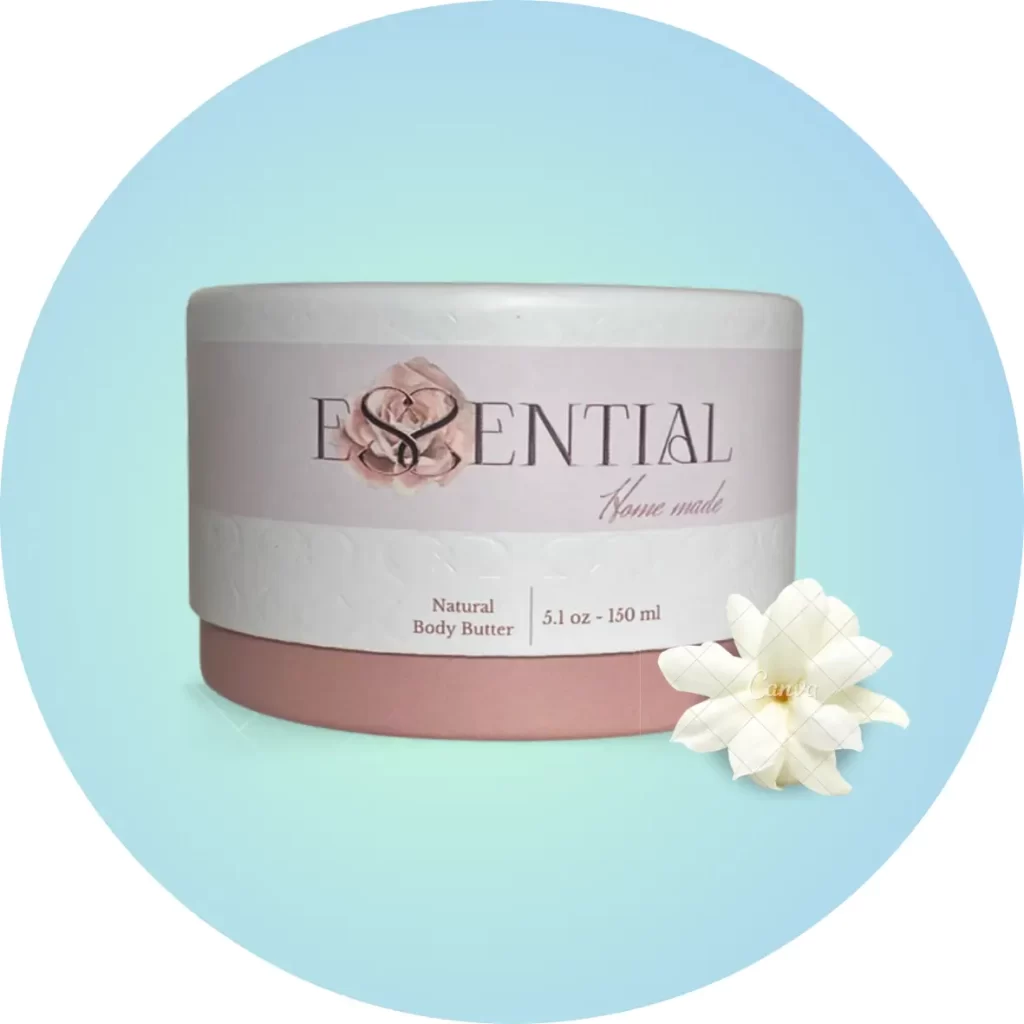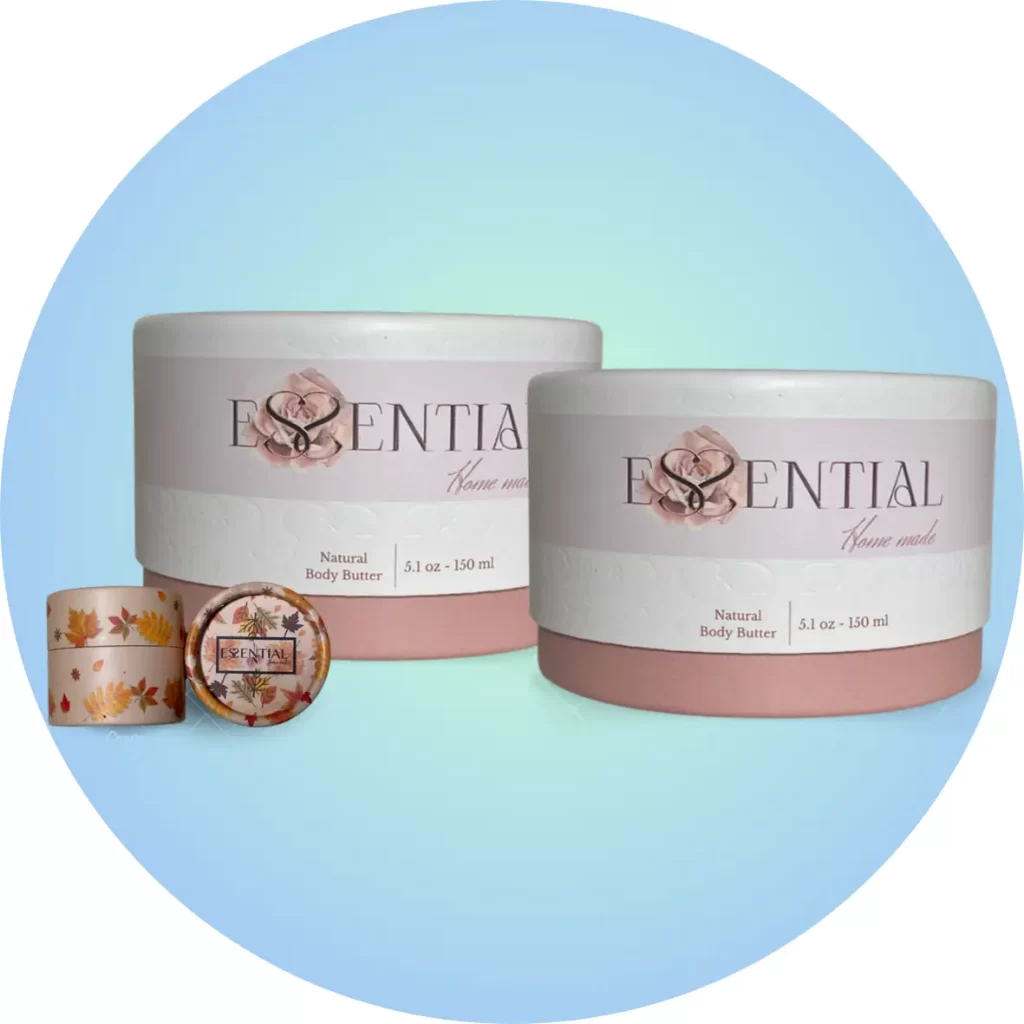
In winter, do you notice that your skin tends to feel different? This is common!
The cold and dry air of winter can cause the skin to become more dry and sensitive, as it removes its moisture.
Excessive exposure to these weather conditions can damage the skin’s natural protective barrier, leaving it vulnerable to infections and irritations.
Similarly, the winter skin tends to become thinner and drier, with a rough and unpleasant texture, and the lack of proper hydration can lead to flaking, harming its appearance.
Furthermore, this dryness can cause discomfort such as itching, which when aggravated can lead to redness on the skin, often becoming scaly with cracks or small blisters.
In addition to potentially triggering more serious problems such as dermatitis, psoriasis, and other conditions that can intensify during the colder season.
Therefore, it is important to understand the processes your skin goes through in winter and the occasional conditions that can appear. This way, you will know how to treat and prevent them, in order to promote adequate hydration and a healthy and beautiful appearance in all seasons of the year.
Winter skin- “Learn about 10 skin conditions that worsen in this season”
- Eczema (atopic dermatitis): Winter can make eczema worse by drying out the skin and triggering inflammation.
- Psoriasis: The symptoms, such as red and scaly patches on the skin, can be worsened by the cold weather.
- Chilblains: These are red bumps and small, itchy that can develop on the skin, and may cause cracks if exposed to cold temperatures for prolonged periods.
- Rosacea: It causes redness of the skin and swelling of the face, and cold weather can trigger flare-ups.
- Frostbite: occurs when the skin and other tissues freeze due to exposure to cold temperatures, losing their natural vitality and in some cases causing irreversible damage.
- Dermatitis herpetiformis: This skin condition is associated with celiac disease (autoimmune) triggered by the consumption of gluten and can be made worse by cold weather.
- Urticaria (hives): Characterized by the appearance of itchy, red or skin-colored bumps or welts on the skin.Exposure to cold temperatures can cause hives to develop on the skin.
- Ringworm: Can cause a red, scaly, circular rash on the skin that can be more itchy and uncomfortable if exposed to cold temperatures for prolonged periods.
- Athlete’s foot: Can cause a variety of symptoms, including itching, burning, redness, and cracking of the skin on the feet, particularly between the toes.In winter, we usually wear closed shoes without ventilation, which can aggravate it.
- Acne: Although cold weather may not be the direct cause, the low humidity that accompanies cold temperatures can exacerbate acne by stimulating the skin to produce more oil.

Get to know a little more in depth about the diseases that affect your skin in winter:
Eczema:
Eczema, also known as atopic dermatitis, is a chronic inflammatory condition of the skin that affects about 10% to 20% of the global population. It is more common in children, but can occur at any age.
Symptoms of eczema can range from mild to severe and include intense itching, red and inflamed skin, small blisters that leak and form crusts, thickening of the skin, and cracking. The itching can be especially intense at night, which can disrupt sleep.
Eczema has no cure, but there are treatments available to alleviate symptoms and prevent flare-ups. Treatment includes the application of moisturizing and anti-inflammatory creams to the skin, as well as medications prescribed by a doctor to relieve itching and control inflammation.
In addition to medical treatment, some simple measures can help prevent eczema flare-ups, such as avoiding known irritants like scented soaps, household cleaning products, and synthetic fabrics. It is important to keep the skin well hydrated, preferably with natural products, and avoid very hot and long baths, which can further dry out the skin.
In summary, eczema is a chronic inflammatory condition of the skin that causes intense itching, redness, scaling, and dryness. While it can occur in any season, it can be aggravated in the winter.
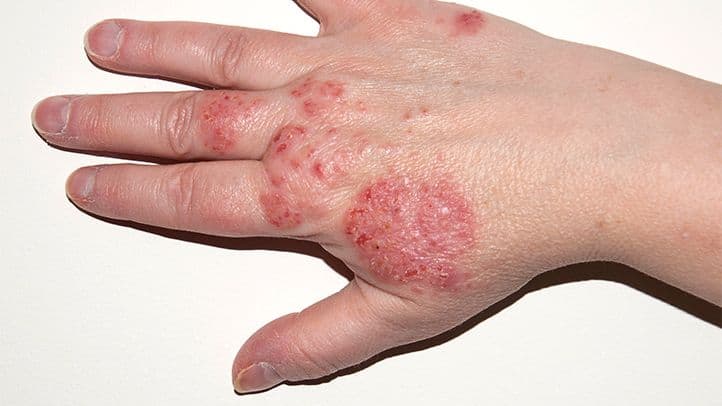
Psoriasis:
Psoriasis is a chronic autoimmune skin condition that causes the skin cells to grow too quickly, resulting in thick, scaly, and itchy patches on the skin. It affects about 2-3% of the global population and can appear at any age, although it usually develops between the ages of 15 and 35.
The exact cause of psoriasis is not known, but it is thought to be related to an overactive immune system. It is not contagious and cannot be passed from person to person.
Psoriasis can affect any part of the body, including the scalp, elbows, knees, and lower back. It can range from mild to severe and can have a significant impact on a person’s quality of life. There is currently no cure for psoriasis, but treatments can help manage symptoms and improve quality of life.

Chilblains:
Chilblains, also known as pernio, is a medical condition that occurs due to an abnormal reaction of small blood vessels in the skin to cold temperatures. It typically affects the extremities such as toes, fingers, ears, and nose, and is characterized by redness, swelling, itching, and pain.
Chilblains can occur when the skin is exposed to cold and then rapidly warmed, causing damage to the small blood vessels in the skin. The condition is more common in people with poor circulation, and those who live in cold, damp climates.
The symptoms of chilblains usually resolve on their own within a few weeks, but in some cases, the condition may lead to complications such as infection or ulceration. Treatment may include keeping the affected area warm, avoiding exposure to cold, and using topical creams or ointments to relieve symptoms.
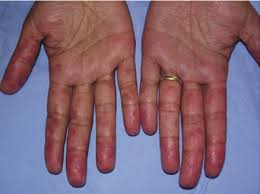
Rosacea:
Rosacea is a common skin condition that causes redness, flushing, and sometimes small bumps on the face, particularly on the cheeks, nose, forehead, and chin. The condition often affects people with fair skin and typically develops after the age of 30.
The exact cause of rosacea is not yet fully understood, but it is thought to be related to a combination of genetic and environmental factors, such as sun exposure, heat, spicy foods, and alcohol.
Symptoms of rosacea can vary from mild to severe and may include redness and flushing, visible blood vessels, swollen bumps, and a thickening of the skin on the nose. The condition can also cause eye problems such as dryness, irritation, and swelling of the eyelids.
Although there’s no cure for rosacea, its symptoms can be managed through various treatments like topical creams, oral medications, and light-based therapies. Lifestyle changes like avoiding triggers, protecting skin from the sun and cold weather, and adopting a gentle skincare routine can also help manage symptoms and prevent flare-ups.”
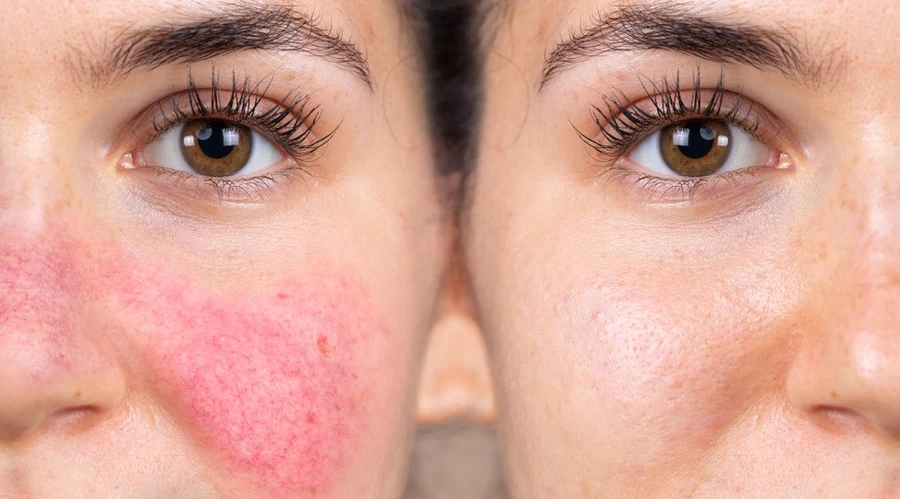
Frostbite:
Frostbite is a medical condition that occurs when skin and other tissues freeze due to prolonged exposure to cold temperatures, causing damage to the affected area. It most commonly affects the fingers, toes, nose, ears, cheeks, and chin, and can range in severity from mild frostbite to severe frostbite, which can result in tissue death and amputation.
The symptoms of frostbite include numbness, tingling, burning, and pain in the affected area. As the condition progresses, the skin may become pale, hard, and cold to the touch, and may eventually turn blue or black. In severe cases, blisters may develop and the affected tissue may die, leading to the need for medical treatment such as rewarming, medication, and possible surgery.
Preventing frostbite involves avoiding prolonged exposure to cold temperatures, dressing appropriately for the weather, and taking breaks to warm up and move around. If you suspect you or someone else may have frostbite, seek medical attention as soon as possible.

Dermatitis Herpetiformis:
Dermatitis herpetiformis (DH) is a skin condition that is associated with gluten sensitivity, which is a condition in which the immune system reacts abnormally to gluten, a protein found in wheat, barley, and rye. It is sometimes referred to as gluten rash or celiac rash.
DH is characterized by small, itchy, blistering bumps that typically appear on the elbows, knees, buttocks, back, and scalp. The rash may also occur on other parts of the body. The blisters may be filled with fluid and are often grouped together in clusters. Scratching the rash can cause the blisters to break and result in scarring.
The underlying cause of DH is not fully understood, but it is believed to involve an abnormal immune response to gluten that causes the deposition of immune complexes in the skin. The condition is treated by following a gluten-free diet, which involves avoiding all foods and products that contain gluten. In addition, medications such as dapsone may be prescribed to help relieve itching and reduce inflammation.
DH is often associated with celiac disease, which is a chronic autoimmune disorder in which the ingestion of gluten leads to damage to the small intestine. However, some people with DH may not have celiac disease and may only have gluten sensitivity.

Urticaria:
Urticaria, also known as hives, is a skin condition that is characterized by the appearance of itchy, red or skin-colored bumps or welts on the skin. Hives can occur anywhere on the body and vary in size and shape, and may appear and disappear quickly.
Hives are typically caused by an allergic reaction to a substance that the body perceives as a threat, such as certain foods, medications, insect bites, or allergens in the environment. Other triggers of hives include infections, stress, and exposure to cold or heat.
In most cases, hives are not serious and can be treated with antihistamines or other medications that reduce the itching and swelling. However, in some cases, hives may be a symptom of a more serious allergic reaction, such as anaphylaxis, which requires emergency medical attention.

Ringworm:
Ringworm, also known as dermatophytosis, is a common fungal infection of the skin, nails, and scalp. Despite its name, ringworm is not caused by a worm but rather by a group of fungi called dermatophytes that thrive in warm, moist environments.
Ringworm can cause a red, scaly, circular rash on the skin that can be itchy and uncomfortable. The rash may have a raised border and may appear to be in the shape of a ring, hence the name “ringworm.”
Ringworm can affect any part of the body, including the scalp, feet, groin, and nails. It is highly contagious and can be spread through direct contact with an infected person, animal, or object.
Treatment for ringworm typically involves the use of antifungal medications, such as creams, ointments, or oral medications, such as alternative treatments. It is important to continue treatment for the prescribed duration even if the symptoms have disappeared, to prevent recurrence of the infection.

Athlete’s foot:
Athlete’s foot, also known as tinea pedis, is a common fungal infection of the skin on the feet. It is caused by a group of fungi called dermatophytes, which thrive in warm, moist environments such as shoes and socks.
Athlete’s foot can cause a variety of symptoms, including itching, burning, redness, and cracking of the skin on the feet, particularly between the toes. In severe cases, the infection can spread to the toenails, causing them to become thick, discolored, and brittle.
Athlete’s foot is highly contagious and can be spread through direct contact with an infected person, animal, or object. The risk of developing an athlete’s foot is increased by factors such as sweating, wearing tight-fitting shoes or socks, and walking barefoot in damp public places such as locker rooms and swimming pools.
Treatment for an athlete’s foot typically involves the use of antifungal medications, such as creams, powders, or oral medications. It is also important to practice good foot hygiene, including keeping the feet clean and dry, wearing clean socks and shoes, and avoiding walking barefoot in public areas.

Acne:
Acne is a common skin condition that occurs when hair follicles become clogged with oil and dead skin cells. It can manifest in a variety of forms, including blackheads, whiteheads, pimples, and cysts, and typically occurs on the face, neck, chest, back, and shoulders.
Acne is caused by a combination of factors, including excess oil production, bacteria, and inflammation. Hormonal changes, such as those that occur during puberty or pregnancy, can also contribute to the development of acne.
Acne can be treated with a variety of medications, including topical creams, gels, and lotions, as well as oral medications such as antibiotics and isotretinoin. In addition to medication, lifestyle changes such as a healthy diet, regular exercise, and stress reduction techniques can also help manage and prevent acne.
Along with maintaining good skin hygiene and ensuring proper skin hydration, incorporating natural products into your skincare routine can aid in the prevention of acne.
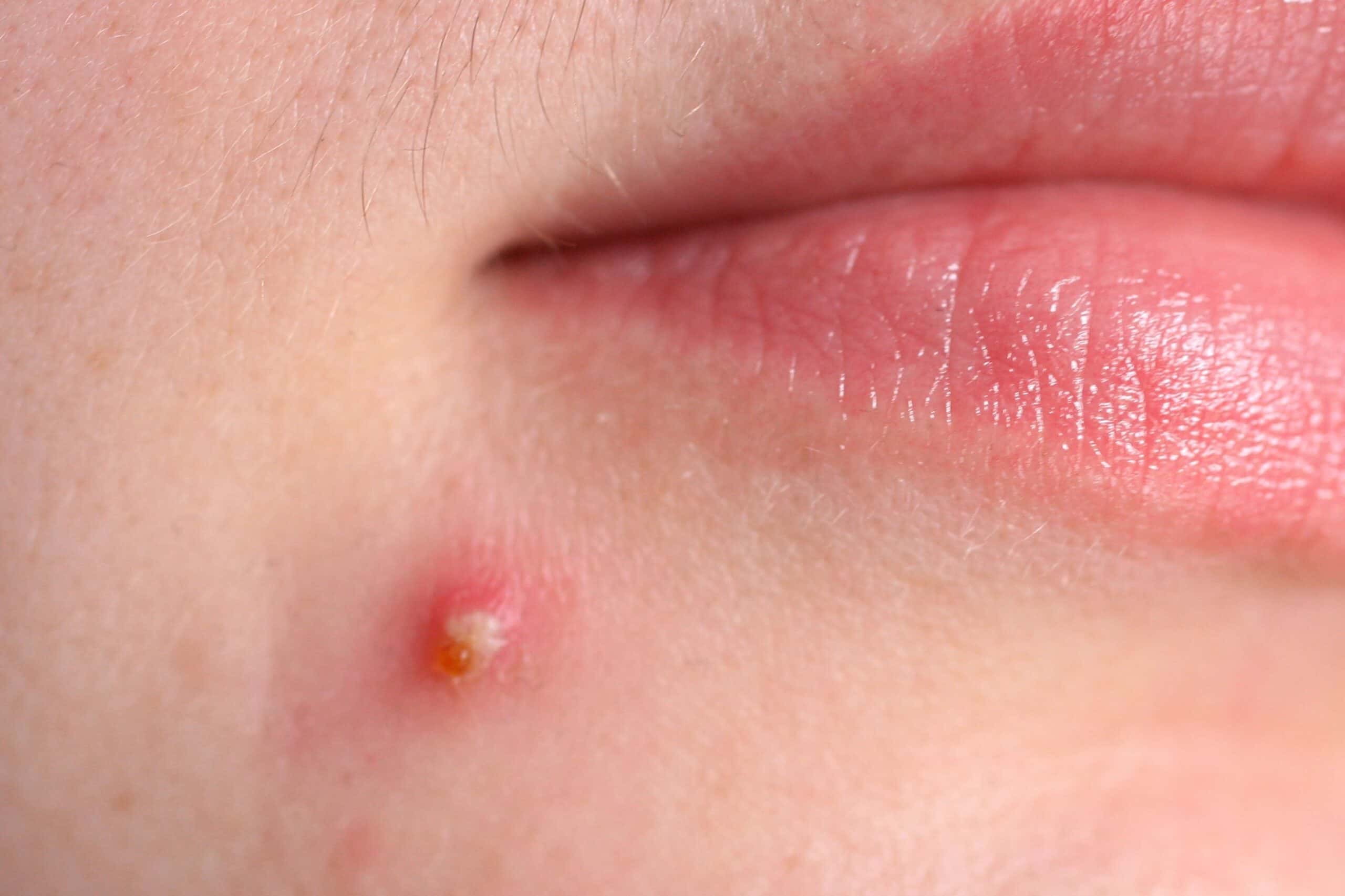
Winter Skin- How to take care of your skin.
It is extremely important to take care of your skin during the winter to keep it healthy, protected and radiant.
Some tips for caring for your skin in the winter include  :
:
- To keep the skin healthy, it is crucial to clean it daily, preferably when waking up and before going to bed;
- Use moisturizers derived from natural products, preferably thicker and more emollient, which help with protective layer, such as body butters;
- Avoid very hot and long baths that will leave the skin even drier;
- Wear clothes that protect the skin from wind and cold;
- Avoid the use of aggressive chemical products for the skin, such as soaps with strong fragrances and abrasive cleaning products;
- Hydrate: Drink plenty of water, as your body is composed of 65% water and needs it for skin renewal;
- Avoid alcoholic beverages and caffeine, which can further dry out the skin;
- Use sunscreen: even in winter, it is important to protect the skin from UV rays;
- Wear appropriate clothing: natural fabrics such as cotton are softer on the skin than synthetic fabrics and protect against the cold;
- Maintain a healthy diet: foods rich in vitamin C, such as citrus fruits and green vegetables, can help keep the skin healthy and hydrated;
- If the skin persists very dry or irritates, it is important to see a dermatologist for proper treatment.”
Winter Skin- Have you had any experience with body butters for winter?
Body butter is a rich and dense blend of moisturizing ingredients such as vegetable oils and butters that can help protect and nourish the skin during winter. Applying body butter can help seal in moisture, preventing excessive water loss and keeping the skin soft and smooth.
Body butters are also formulated with nourishing ingredients like vitamins and antioxidants, which help maintain skin health and vitality. Common ingredients include shea butter, sweet almond oil, and calendula oil, which are rich in vitamins A and E..
Products such as Shea butter and calendula are bactericidal and fungicidal, aiding in the protection of the skin against future skin inflammations.
For best results, it’s recommended to apply body butter immediately after a shower when the skin is damp and ready to absorb the nutrients and moisturizers.
Daily application of body butter during winter can help protect and nourish the skin, leaving it healthy and radiant with a natural glow.

Who should use body butter?
It is recommended for everyone in every home to have a jar of body butter, whether included in beauty products for soft, smooth, health and better looking skin, or kept in the medicine cabinet to help with minor skin injuries or under conditions such as those mentioned above. Especially in helping to prevent them.
Body butter really is the skin’s best friend!
Check out “ESSENTIAL Homemade” body butter for an excellent option.

 :
:











